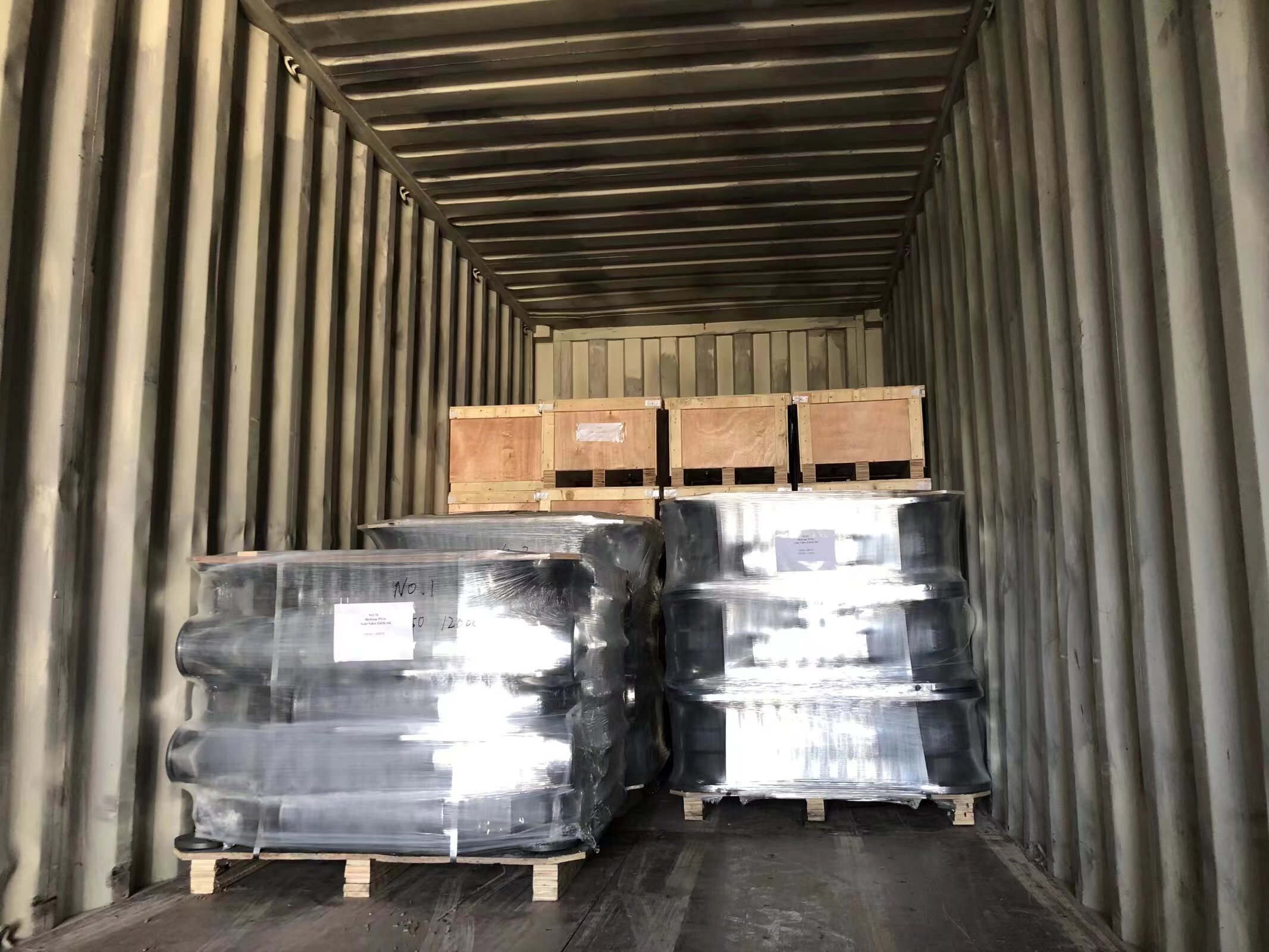butterfly valve flange type
Understanding Butterfly Valve Flange Types A Comprehensive Guide
Butterfly valves are an essential component in various industrial applications, widely utilized for their efficiency in controlling fluid flow. Among the different designs and configurations of butterfly valves, the flange type is notable for its robust construction and easy installation. This article will delve into the specifics of butterfly valve flange types, exploring their features, advantages, applications, and considerations for selection.
What is a Butterfly Valve?
A butterfly valve is a versatile quarter-turn valve characterized by a rotating disc that regulates flow. When the disc is parallel to the flow, the valve is open, and when it is perpendicular, the valve is closed. Butterfly valves are favored for their compact design, lightweight nature, and ability to manage large volumes of fluid efficiently.
Flange Types Explained
Flange butterfly valves are designed to connect seamlessly with piping systems using flanges. Flanges serve as a mechanical assembly, allowing for easy attachment and disconnection of valves from the pipeline. The connection points are flat surfaces with holes through which bolts can be inserted, providing a secure seal.
There are several common flange types associated with butterfly valves
1. RF (Raised Face) Flange This type features a raised circular area around the center, allowing for a better sealing surface when the valve is bolted to a pipeline. RF flanges are widely used because they provide effective sealing under diverse pressure conditions.
2. FF (Flat Face) Flange A flat face flange does not have any raised area, making it suitable for applications where the same surface finishes of the flange faces are particularly important. It is often used in applications where the bolted joint must be flush against the surface.
3. RTJ (Ring Type Joint) Flange RTJ flanges utilize a ring made of metal, which serves to increase the tightness of the seal. They are highly effective for high-pressure applications due to their ability to withstand extreme conditions while maintaining a secure closure.
4. Weld Neck Flange Although not a traditional flange type for butterfly valves, the weld neck flange allows for a smoother flow within the pipeline due to its tapered design. It provides additional strength in high-pressure scenarios and is often used in more complex piping systems.
Advantages of Flanged Butterfly Valves
butterfly valve flange type

2. Versatility Suitable for a wide range of applications, flanged butterfly valves can be used in water supply systems, chemical processing, HVAC systems, and more. Their adaptability extends to different sizes and materials.
3. Space Efficiency Compared to other valve types, flanged butterfly valves require less space, making them ideal for installations in constricted areas.
4. Cost-Effectiveness Generally, flanged butterfly valves offer a lower overall cost due to their simple design, lightweight construction, and reduced maintenance needs.
Key Considerations for Selection
When choosing a butterfly valve flange type, several factors must be considered
- Material Compatibility Ensure that the materials of the valve and flanges are suitable for the specific fluid types and temperatures involved in the application.
- Pressure and Temperature Ratings Select valves that meet or exceed the requirements of the working conditions in terms of pressure and temperature.
- Size and Capacity Proper sizing is crucial to ensure that the valve can handle the expected flow rates without causing pressure drops.
- Regulatory Compliance Depending on the industry, specific standards and certifications might be required for valve operation. Compliance with such regulations is vital for safety and performance.
Conclusion
Flanged butterfly valves are a reliable and efficient choice for fluid control in piping systems. Their ease of installation, versatility, and cost-effectiveness make them a popular selection among engineers and system designers. Understanding the various flange types and their specific applications can help make informed decisions that enhance system performance and reliability. As industries continue to prioritize efficiency and safety, the role of flanged butterfly valves will remain critical in fluid management solutions.
-
The Key to Fluid Control: Exploring the Advantages of Ball Valves in Industrial SystemsNewsJul.09,2025
-
The Versatile World of 1, 2, and 3 Piece Ball ValvesNewsJul.09,2025
-
Stainless Steel Ball Valves: The Ideal Choice for Efficient Flow ControlNewsJul.09,2025
-
Optimizing Fluid Control with Ball Float ValvesNewsJul.09,2025
-
Manual Gate Valves: Essential for Control and EfficiencyNewsJul.09,2025
-
Everything You Need to Know About Butterfly ValvesNewsJul.09,2025
-
The Versatility of Wafer Type Butterfly ValvesNewsJul.08,2025




